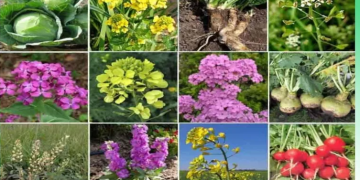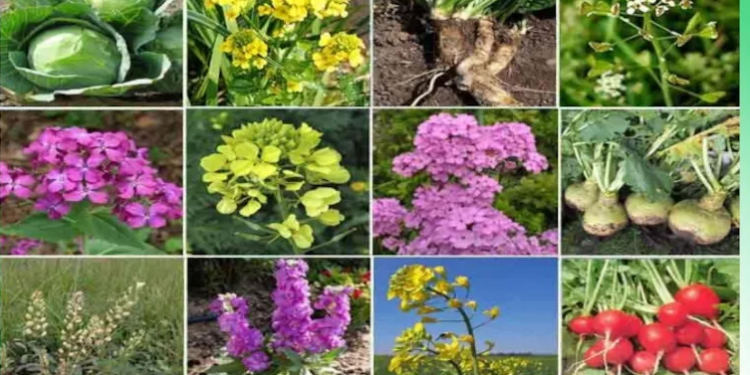#ClubrootOut #Plasmodiophorabrassicae #CruciferousCrops #CropRotation #Fungicides #PlantBreeding #IntegratedApproach #PathogenEvolution #SustainableAgriculture
Plasmodiophora brassicae, commonly known as clubroot, is a soil-borne pathogen that infects and causes severe damage to cruciferous crops, such as cabbage, broccoli, cauliflower, and canola. This disease has been a significant challenge for farmers worldwide, resulting in yield losses and economic losses. To combat the devastating effects of clubroot, farmers and researchers have been implementing various strategies, including crop rotation, fungicides, and breeding resistant varieties.
Crop rotation is one of the most effective and widely used methods of controlling clubroot. Farmers can reduce the severity of the disease by avoiding planting cruciferous crops in the same field for at least three years. Fungicides can also be used to reduce the severity of clubroot, but their effectiveness varies depending on the timing and application method.
Plant breeding is another strategy for controlling clubroot. Researchers have been working to develop resistant varieties that can withstand infection from P. brassicae. These varieties can provide long-term control of the disease, reducing the need for fungicides and crop rotation.
However, the development of resistant varieties can have unintended consequences. The repeated use of resistant varieties can lead to the evolution of new pathogen strains that can overcome the plant’s resistance. This phenomenon has been observed in other plant-pathogen systems, such as wheat rust and potato late blight.
To combat clubroot effectively, it is essential to use an integrated approach that combines different strategies, including crop rotation, fungicides, and resistant varieties. By using multiple methods, farmers can reduce the severity of the disease and minimize the risk of developing new pathogen strains. Additionally, ongoing research and development of new technologies and management strategies are necessary to ensure the sustainable control of clubroot.































